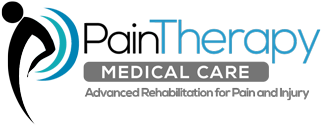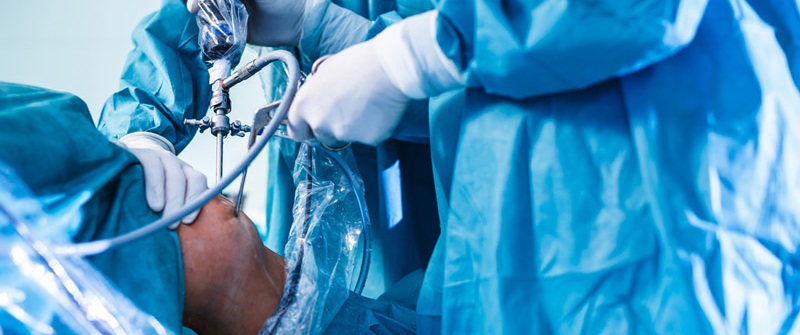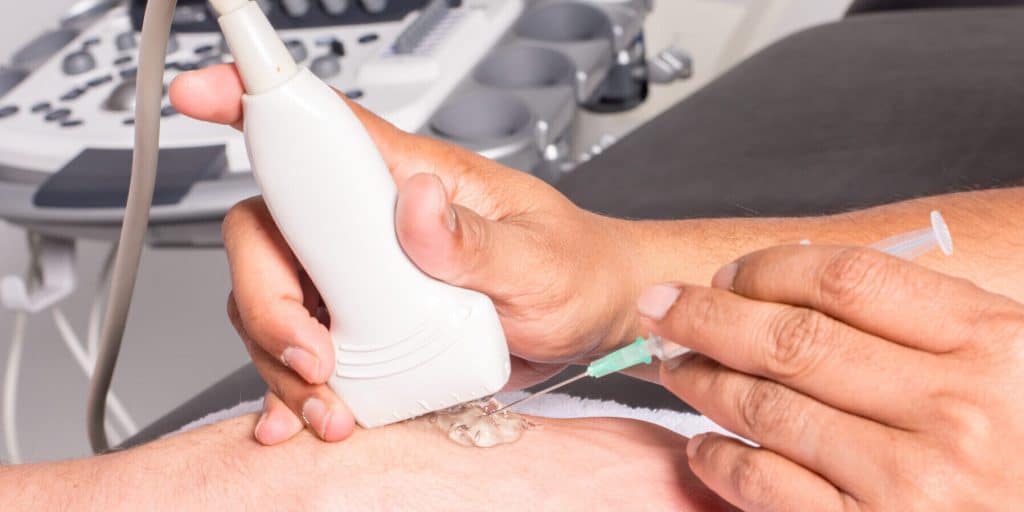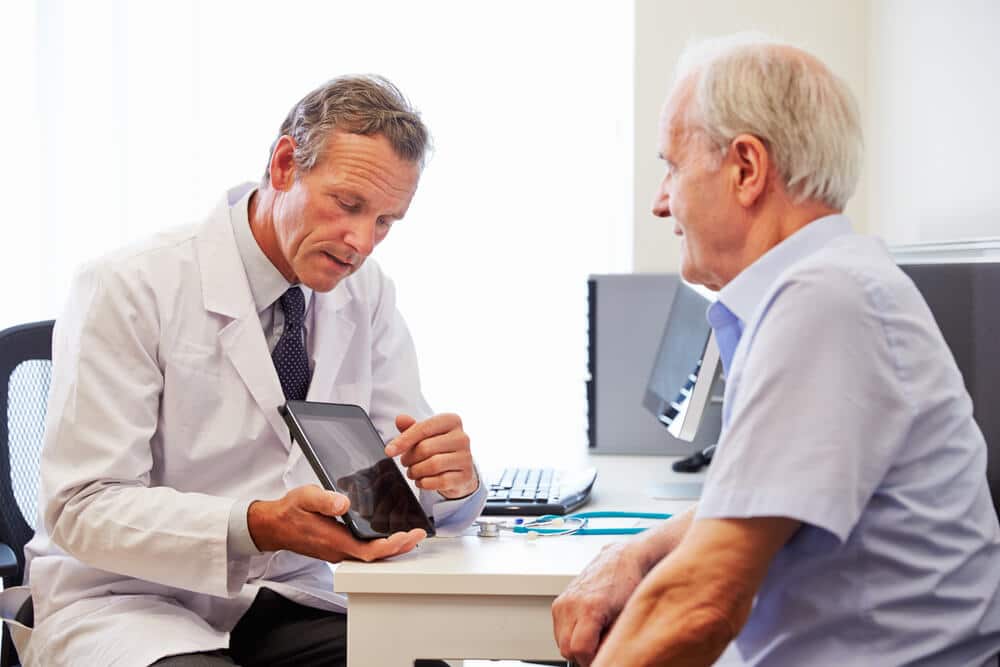Regenerative and pain medicine have come a long way. Doctors now have many advanced natural remedies to treat pain and boost cellular regeneration and healing.
One such innovative therapy is Platelet-Rich Plasma (PRP) Therapy. It’s a therapy that uses your own blood components to stimulate healing and pain relief in the injected area.
PRP is a form of regenerative medicine that enhances your body’s natural healing process. It treats musculoskeletal disorders, sports injuries, overuse injuries, and more painful conditions. It rejuvenates your joints and helps you recover without surgery, medications, or steroids.
Dr. Henry Sardar, one of the top pain specialists in New York, is now offering Platelet-Rich Plasma in his Brooklyn clinic. You can benefit from combining PRP with other advanced alternative pain therapies at our clinic – cold laser, shock wave, perineural injections, and much more.
But first, let’s explore how PRP works, its long-term effects, and why it may be just what you need to go back to a pain-free life.
What Is Platelet-Rich Plasma Therapy?
PRP therapy is also known as “autologous conditioned plasma”. It’s a treatment that uses your blood cells and proteins to reduce pain and speed up your healing process.
Platelet-rich plasma is a product that’s formed by combining and refining different components of your blood. It consists of two parts:
- Plasma: the liquid portion of your blood. It is rich in clotting factors, proteins, and healing factors.
- Platelets: a blood cell well-known for its clotting and healing abilities. It actively shares in tissue repair and regeneration.
Platelet-rich plasma is basically plasma enriched with a high concentration of platelets. It has been described as a “natural healing fluid”. The concentrated platelets release growth factors and build proteins that stimulate the inflammatory cascade and speed up your natural healing process.[1]
Platelet-rich plasma treatment was first introduced in 1987 to be used in open-heart surgery. However, doctors soon discovered magnificent healing and regenerative abilities. It quickly became a popular choice in many areas of medicine, including orthopedics, sports medicine, urology, dermatology, and the cosmetic industry.[2]
Today, PRP is one of the best natural pain relief methods. It has a lot to offer compared to surgery, steroid injections, and other conventional treatment methods.
Platelet-rich plasma therapy is done in the form of injections into the painful area. Dr. Henry Sardar uses PRP therapy to improve pain caused by muscle injuries, soft tissue injuries, joint injuries, tendon injuries, neck injuries, shoulder injuries, and other painful musculoskeletal injuries.
How Does Platelet-Rich Plasma (PRP) Therapy Work?
A few vital functions of platelets include blood clot formation and the release of growth factors in healing wounds. They’re basically responsible for cell regeneration and tissue repair.[3]
By concentrating platelets, you’ll have a product that’s extremely rich in growth factors and proteins. It has greatly enhanced healing and repair abilities compared to blood.
When Dr. Sardar injects the concentrated platelets into the painful area, the following physiologic effects occur:
- Tissue regeneration: PRP is a regenerative treatment that begins with your cells and soft tissues. It supplies energy to your mitochondria, part of the cell that generates energy, and subsequently stimulates the regeneration and revitalization of your cells.[4]
- Release growth factors: Platelet-rich plasma injections release growth factors when they get activated in your body, and you need them to aid cell repair and regeneration.[5]This triggers your body to heal itself and alleviates your pain in the process.
- Anti-inflammatory effects: PRP injections can also be used to reduce inflammation by stimulating your body to produce endothelial cells and fibroblasts.[6] These cells are essential for wound healing, reducing inflammation, controlling coagulation, and regulating blood flow.
- Supply fibronectin: Fibronectin is a chemical that is indispensable in wound healing. It is already naturally produced in injured cells, but it’s insufficient in the fight against chronic pain. With PRP injections, enough fibronectin is released to stimulate the healing of your chronic injury. Fibronectin facilitates the distribution of platelets in the painful area and aids the movement of monocytes, neutrophils, endothelial cells, and fibroblasts to the site of the injury. These cells accelerate your healing process and allow the tissue to rebuild itself.
Additionally, PRP independently aids cell growth and multiplication. This effect has been seen with osteoblasts, and marrow stem cells responsible for bone regeneration and remodeling.
What Conditions Does Platelet-Rich Therapy (PRP) Treat?
Platelet-rich plasma treatments have long been used to speed up the body’s natural healing mechanism. It’s an effective and reliable natural regenerative therapy for any sports injury, overuse injury, musculoskeletal pain, or other chronic pain conditions.
Dr. Sardar uses PRP therapy to treat various painful conditions, some of which are:
- Joint pain
- Knee pain
- Neck pain
- Osteoarthritis
- Ligament tears
- Hair loss
- Wounds
- Hamstring injuries
- Rotator cuff tears
- Plantar fasciitis, pain at the bottom of your heel
- Achilles tendinopathy, injury to the Achilles tendon of the leg
- Lateral epicondylitis, tearing at the tendons of your elbow
- Chronic lumbar discogenic pain, back pain caused by damage to your intervertebral discs
Dr. Sardar can also use these pain-relieving injections to accelerate healing after surgery. It can speed up recovery in muscles, ligaments, and tendons that typically take longer to heal, even with physical therapy.
Some athletes have credited PRP as the reason they could bounce back from their injuries so quickly.[7]
After the wide success of PRP in our patients, Dr. Sardar is now offering all of his other patients the chance to test this therapy. He believes that PRP is the most innovative way to treat chronic persistent pain. It can be combined with other procedures to boost healing and speed up recovery.
Am I A Candidate for Platelet-Rich Plasma (PRP) Therapy?
If you’ve suffered an acute injury or have been living with chronic debilitating pain for more than three to six months with slow or no improvement, then PRP might be the best next step for you.
You would be a great candidate for PRP treatment if:
- You’re suffering from chronic joint and muscle pain
- You are recovering from orthopedic, joint, or spine surgery
- You are recovering from a sports injury, with or without physiotherapy
- You want to boost your recovery and achieve better and faster results
- You want the most natural way to heal your injuries and reduce pain
- You want to avoid steroid injections and surgery
- You want to rejuvenate your body, joints, muscles
- You want to boost tissue regeneration and stimulate healing in your body
Nevertheless, PRP therapy might not be suitable for you if you have any of the contraindications below:
- You’re anemic
- Currently pregnant
- You have an active infection
- You have an active metastatic malignant disease
Treating pain with PRP, however, is not the only option. At PainTherapy Medical Care, we offer some of the leading pain management treatments in New York. Dr. Sardar will devise a plan that fits your profile and tends specifically to your needs.
What Are The Benefits of Platelet-Rich Plasma Therapy?
Several methods of alleviating this pain are emerging, but PRP has an edge over most of the other conventional pain relief methods.
Physical therapy, although essential, is very time-consuming and can be limited in its techniques. It can either lessen the pain or teach you how to live with it. On the other hand, painkillers are a quick fix, with many side effects.[8] These can be addictive and your body may eventually develop a tolerance.
Surgical procedures frequently fail in treating complex chronic pain – unless there is a treatable abnormality. Even then, you might want to avoid surgical risks, scarring, and long recovery periods.
Steroid injections are a cornerstone of pain therapy. However, they are associated with side effects like weight gain, muscle weakness, easy bruising, and reduced immunity.[9]
In contrast to all the above-mentioned techniques, PRP has none of these downsides.
Platelet-rich plasma therapy relies on advanced biotechnology, scientifically proven to accelerate soft-tissue and bone healing. The efficacy of this treatment lies in using your own blood to trigger your natural healing process.
Some of the benefits of PRP therapy include:
- Rapid tissue growth
- Accelerated bone regeneration and remodeling
- Enhanced wound healing
- Decrease in inflammation
- Decrease in blood loss
- Healing of injured ligaments and tendons
- No scarring, no skin incision
- No known side effects
- Extremely safe and effective against chronic pain and acute injuries
PRP acts as a trigger for these regenerative events. And the best thing about it is that it’s all-natural – you use your cells to heal your injuries.
How Is Platelet-Rich Plasma Therapy Done?
Dr. Sardar first extracts a sample of your blood and runs it through a centrifuge. A centrifuge is a machine that spins the blood very fast and separates the components of your blood.
The centrifuge forces about 45% of your red blood cells to the bottom of the vial. Your white blood cells and platelets will find their way to the middle and form a buffy coat layer. This layer is typically less than 1% of the blood in the vial and that’s what Dr. Henry will use for the PRP injections.
The activated platelets are injected directly into your injured body tissue.
No anesthesia is used for PRP therapy. All you’ll feel is the slight prick of the needle. After a few minutes of monitoring, you can resume your usual activities.
Can Platelet-Rich Plasma Therapy be Combined with Other Procedures?
The efficacy of PRP can be enhanced when you combine it with other pain-relief treatments. Some of the other pain management treatments that Dr. Sardar can combine with PRP therapy include:
- Cold laser therapy
- Shock-wave therapy
- Cryotherapy
- Kinesiology taping
- Electromagnetic Transduction therapy (EMTT)
- TECAR Therapy
- Perineural Injection Therapy (PIT)
- Acupuncture Therapy
- Aqua Therapy
- Ultrasound-Guided Injections
- Fluoroscopically Guided Epidural Steroid Injection and Facet Injection
- Physical and Occupational Therapy
All procedures are effective, relatively safe, and offered by Dr. Sardar at our pain therapy clinic in Brooklyn, New York.
Give us a call to learn more about Platelet-Rich Plasma Therapy and our other pain treatments today.
Recovery After Platelet-Rich Plasma Therapy
With pain management treatments like PRP, there are very few known adverse effects or risks. You can expect positive results within weeks to months of your last session.
We recommend avoiding activities that can strain the newly-treated muscles. No heavy lifting or intense workouts. It’s best to take things easy for the first few days.
The PRP injections are entirely natural and prepared through a sterile procedure. They are completely safe to use with no risk of an allergic reaction.
There is no downtime for PRP therapy. You can get back to your everyday activities almost immediately. Just remember to avoid strenuous activities and you’ll be fine.
FAQs
- Is Platelet-Rich Plasma Therapy painful? You may feel a sting from the injection or experience swelling in the injected area, but the discomfort should subside in a short period. Dr. Sardar may prescribe pain medication if necessary.
- Can I combine Platelet-Rich Plasma therapy with other treatments? Yes! Combining PRP with other pain management treatments will increase its chances of significantly alleviating your pain. You can choose from a variety of pain treatments at our clinic. Cold laser therapy, TECAR therapy, shockwave therapy, and PIT therapy can all help.
- How many Platelet-Rich Plasma therapy sessions do I need? The number of sessions you’ll need will depend on the cause of your condition and how your body responds to the treatment. Dr. Sardar will determine this as you come in for your PRP injections.
- When will I start feeling the effects of PRP? You’ll start to feel the effects between the first few weeks to months after receiving the first injections.
- Does PRP have any adverse effects? In the hands of a skilled pain management specialist like Dr. Sardar, PRP treatment has little to no risk of adverse effects. There are no known serious complications of platelet-rich plasma treatment.
- How does PRP work? Once Dr. Sardar administers the PRP injection, the platelets will release growth factors that stimulate cell regeneration and trigger a host of other healing processes.[10]
- Is PRP safe for everyone? If you’re pregnant, anemic, have blood clotting disorders, or have an active infection, you are not eligible for PRP therapy. A consultation with Dr. Sardar will determine whether you are a good candidate for PRP treatment.
Platelet-Rich Plasma (PRP) Therapy – References:
Platelet Rich Plasma: a short overview of certain bioactive components
History of autologous platelet‐rich plasma: A short review
Normal platelet function
The role of platelet-rich plasma in tissue regeneration
Platelet Rich Plasma: a short overview of certain bioactive components
The anti-inflammatory effect of the platelet-rich plasma in the periodontal pocket
The Regenerative Medicine Potential of PRP in Elite Athlete Injuries
Managing Pain Medication Side Effects
Steroid Injections | Side-effects, uses, time to work
Platelet-Rich Plasma: A Healing Virtuoso




